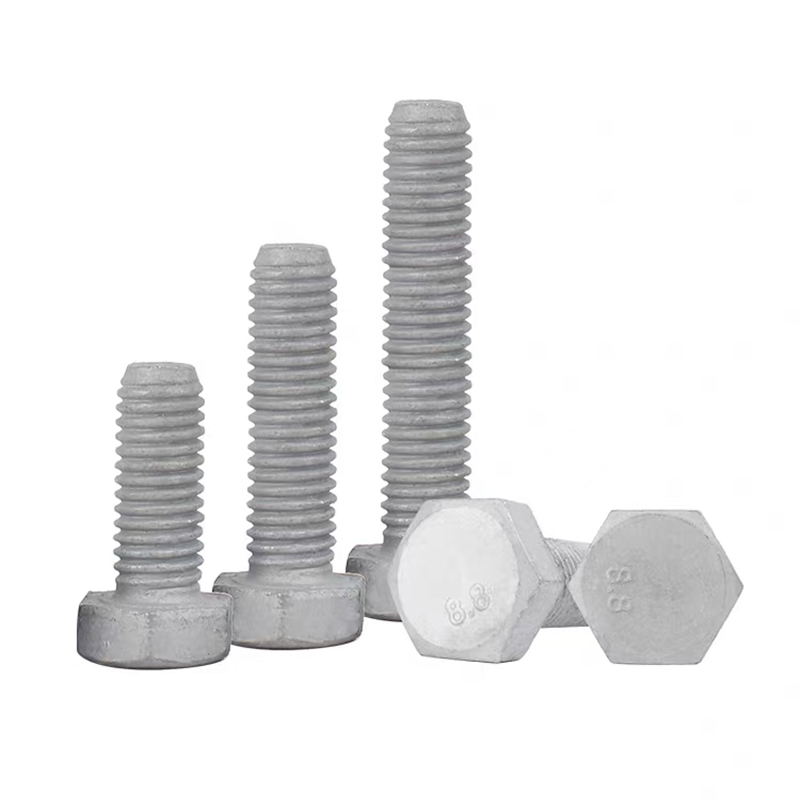- Chinese
- French
- German
- Portuguese
- Spanish
- Russian
- Japanese
- Korean
- Arabic
- Irish
- Greek
- Turkish
- Italian
- Danish
- Romanian
- Indonesian
- Czech
- Afrikaans
- Swedish
- Polish
- Basque
- Catalan
- Esperanto
- Hindi
- Lao
- Albanian
- Amharic
- Armenian
- Azerbaijani
- Belarusian
- Bengali
- Bosnian
- Bulgarian
- Cebuano
- Chichewa
- Corsican
- Croatian
- Dutch
- Estonian
- Filipino
- Finnish
- Frisian
- Galician
- Georgian
- Gujarati
- Haitian
- Hausa
- Hawaiian
- Hebrew
- Hmong
- Hungarian
- Icelandic
- Igbo
- Javanese
- Kannada
- Kazakh
- Khmer
- Kurdish
- Kyrgyz
- Latin
- Latvian
- Lithuanian
- Luxembou..
- Macedonian
- Malagasy
- Malay
- Malayalam
- Maltese
- Maori
- Marathi
- Mongolian
- Burmese
- Nepali
- Norwegian
- Pashto
- Persian
- Punjabi
- Serbian
- Sesotho
- Sinhala
- Slovak
- Slovenian
- Somali
- Samoan
- Scots Gaelic
- Shona
- Sindhi
- Sundanese
- Swahili
- Tajik
- Tamil
- Telugu
- Thai
- Ukrainian
- Urdu
- Uzbek
- Vietnamese
- Welsh
- Xhosa
- Yiddish
- Yoruba
- Zulu
- Kinyarwanda
- Tatar
- Oriya
- Turkmen
- Uyghur

China silicone gasket
Understanding the Basics of China Silicone Gasket Production
Silicone gaskets—often overlooked yet crucial components—are essential in numerous applications due to their resilience and versatility. In China, the production of these gaskets has evolved significantly, showing advances in both material quality and manufacturing techniques. Yet, confusion persists, even among seasoned professionals, about what a high-quality silicone gasket should entail. Here, I’ll share insights from my experience, including missteps and lessons learned along the way.
The Importance of Material Selection
When we talk about silicone gaskets, the first thing to address is material selection. The silicone used must possess the right balance between flexibility and durability, which can sometimes be a tightrope walk. I recall a project where an inappropriate silicone compound led to premature gasket failure under temperature cycling. Extensive testing is critical to avoid such pitfalls. Companies like Handan Zitai Fastener Manufacturing Co., Ltd., located in the well-connected region of Yongnian District, Handan City, have access to a robust supply chain, helping mitigate such risks.
In high-stakes environments, such as automotive applications, selecting the right silicone can be the difference between success and costly failure. Chinese manufacturers are now focusing on enhancing the thermal and chemical resistance of their products, which has been a game changer.
As I’ve seen, the complexity of the vehicles or industrial equipment these gaskets serve demands not only high-quality materials but also precision in production. The adaptability of Chinese manufacturers in addressing these ever-increasing standards is noteworthy.
Manufacturing Techniques: A Continuous Evolution
The methods used to produce silicone gaskets in China have undergone considerable changes over the years. Transitioning from labor-intensive processes to more automated systems has made production more efficient. At Handan Zitai, for instance, proximity to major transport networks like the Beijing-Guangzhou Railway facilitates swift delivery, an often underestimated advantage in fast-paced industries.
However, automation can be a double-edged sword. While it increases throughput, it sometimes leads to a loss of flexibility that small-scale, customized orders demand. A project that required unique specifications taught me the importance of balancing automation with craftsmanship. Finding that sweet spot is pivotal in catering to a diverse clientele.
Moreover, the precision required in die-cutting silicone gaskets cannot be overstated. This is where many manufacturers stumble, but advancements in CNC machining have somewhat mitigated these risks.
Applications: More Than Just Sealing
While sealing is the primary function of silicone gaskets, their applications span beyond this single purpose. They are used for noise reduction, vibration damping, and even as protective barriers against dust and moisture. The Chinese market has been particularly innovative in developing multi-functional gasketing solutions.
Take for instance, the ever-increasing demand for consumer electronics, which requires silicone solutions that are both minimalist in design and maximum in function. This dual demand has challenged manufacturers like Handan Zitai to constantly innovate.
The ability to provide such diversified solutions speaks volumes about the expertise accumulating within China's production hubs. It is not just about mass production anymore, but targeted solutions to specific industrial challenges.
Quality Assurance: A Non-Negotiable Element
The rigorous quality standards now observed by Chinese manufacturers are a step in the right direction. With ISO certifications becoming common, the emphasis on quality assurance has shifted from being an added benefit to a basic requirement. My encounters have made it clear that without rigorous testing protocols, even the best materials can't compensate for gaps in manufacture.
Constant cycle testing, as well as stress simulations, are crucial in preempting field failures. This is where Handan Zitai takes a proactive stance, investing in state-of-the-art testing facilities, crucial for standing out in a global marketplace.
Moreover, customer feedback is invaluable. I’ve learned more from post-installation reports than I'd like to admit, emphasizing the importance of considering end-user experiences in refining product offerings.
Challenges Ahead: The Road to Optimization
While much progress has been made, challenges remain in optimizing production for newer markets demanding sustainability. Recyclable silicone materials, for instance, are emerging priorities. In my view, the real challenge lies in balancing environmental considerations with performance—an area ripe for innovation.
Localized raw material sourcing remains inconsistent, potentially impacting the overall supply chain efficiency. Handan Zitai’s geographic advantage does mitigate this to some extent, courtesy of its proximity to major logistics routes.
Finally, keeping up with technological advancements, be it in material science or machining, requires ongoing investment—a reality not lost on companies aiming for enduring success in the competitive gasket manufacturing arena.
Related products
Related products
Best selling products
Best selling products-
 Black zinc flange bolts
Black zinc flange bolts -
 High-strength blackened nuts
High-strength blackened nuts -
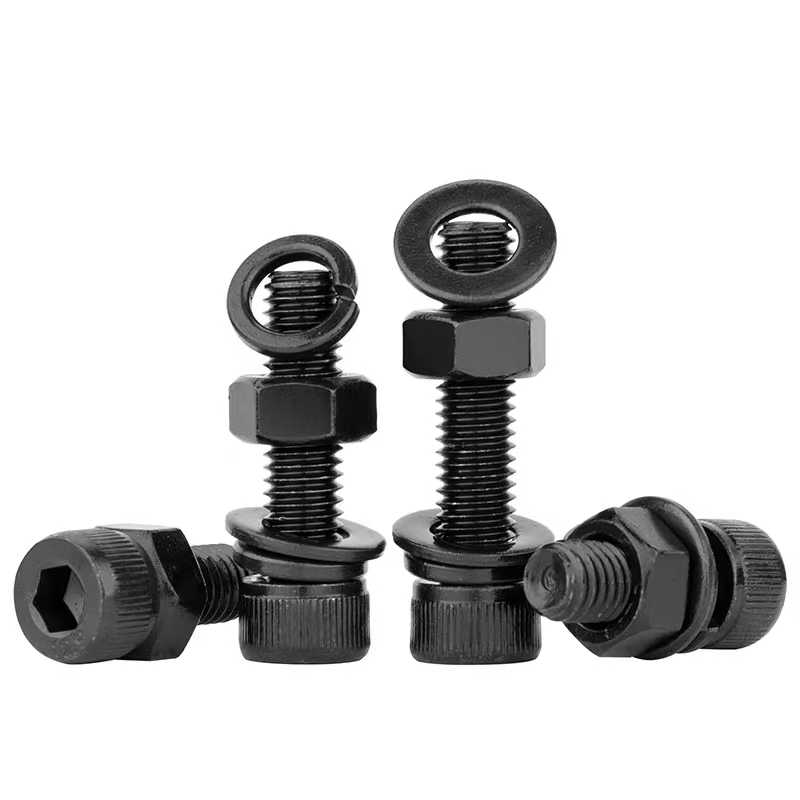 Hexagon socket black zinc-plated bolts
Hexagon socket black zinc-plated bolts -
 Electro-galvanized countersunk cross bolts
Electro-galvanized countersunk cross bolts -
 Electrogalvanized expansion bolts
Electrogalvanized expansion bolts -
 High-strength blackened gasket
High-strength blackened gasket -
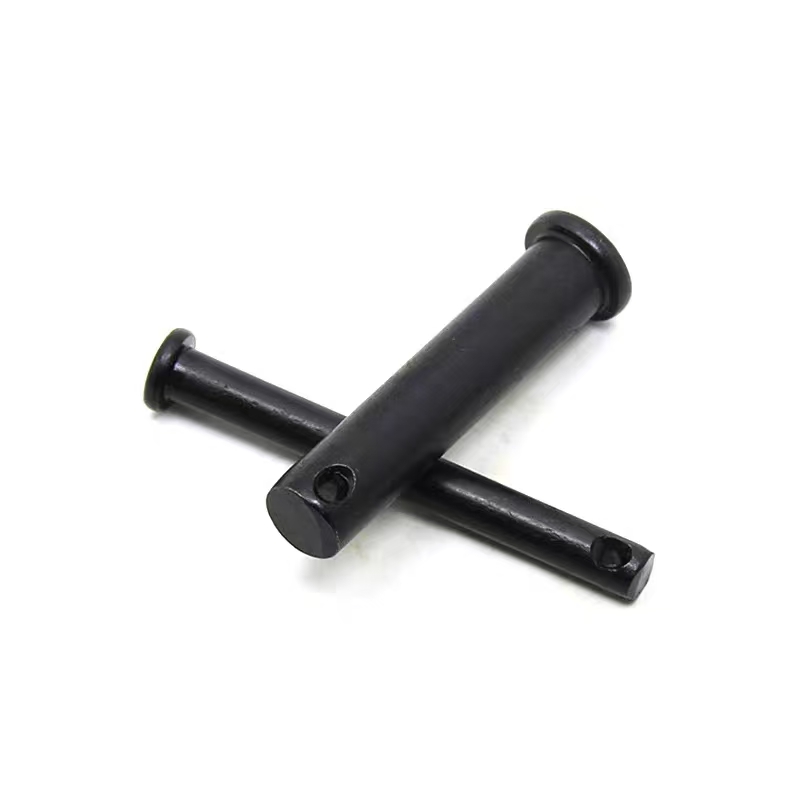 Black zinc plated pin shaft
Black zinc plated pin shaft -
 10.9S large hexagon bolts
10.9S large hexagon bolts -
 Butterfly bolts
Butterfly bolts -
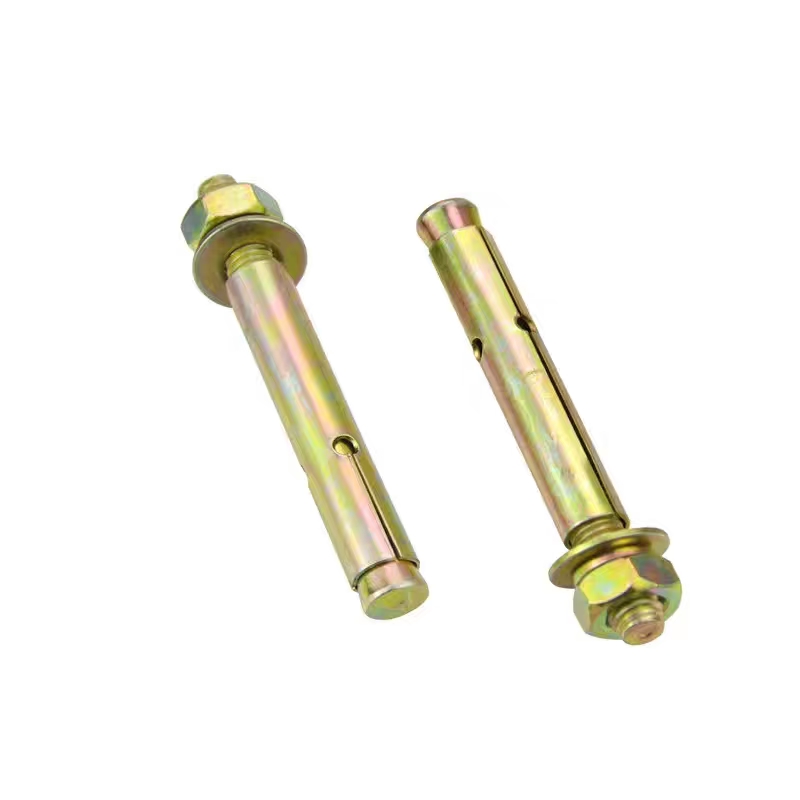 Colored zinc-plated expansion bolts
Colored zinc-plated expansion bolts -
 Colored zinc-plated nuts
Colored zinc-plated nuts -
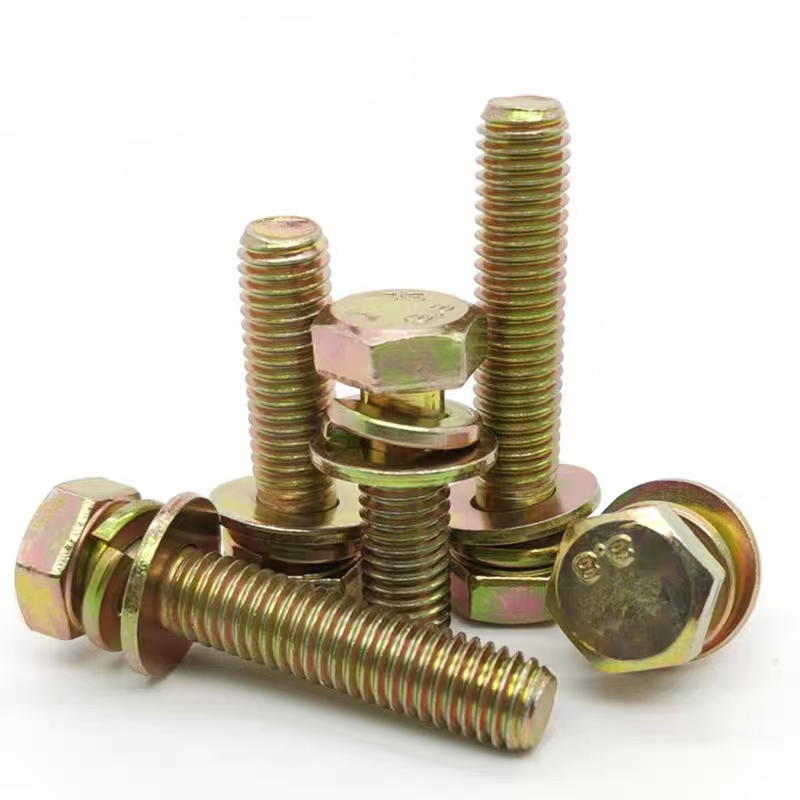 Colored zinc plated hexagonal bolts
Colored zinc plated hexagonal bolts






